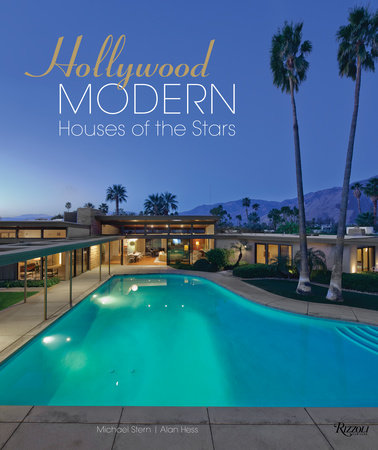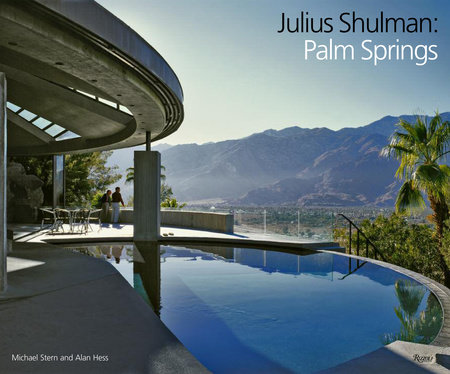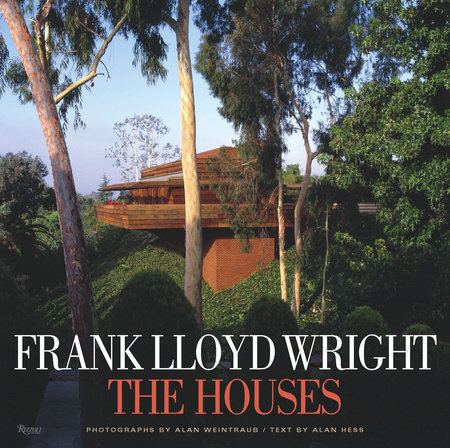The Palm Springs School: Desert Modernism 1934-1975
Author Alan Hess, Contributions by Christine Madrid French and Eddie Jones and Ken Lyon and George E. Thomas and Sian Winship
- Publish Date: February 11, 2025
- Format: Hardcover
- Category: Architecture - History - Contemporary (1945-)
- Publisher: Rizzoli
- Trim Size: 12 x 10
- Pages: 256
- US Price: $65.00
- CDN Price: $85.00
- ISBN: 978-0-8478-4255-1
Reviews
"Few locations are as synonymous with architecture as Palm Springs, California: Almost 100 years on, its modernist marvels remain in deep conversation with the remote, beguiling desert landscape. Alan Hess, an architect and historian, sheds light on the evolving vernacular first introduced by Frank Lloyd Wright in 1924 with the Oasis Hotel, and later popularized by the likes of Richard Neutra’s daring glass boxes, John Lautner’s futuristic forms, and Albert Frey’s industrial creations. Stunning archival photographs add vibrancy to this canonical coffee table book." — ARCHITECTURAL DIGEST
"Palm Springs is often seen as a picturesque California resort town, but it also played a significant yet unsung role in the modernist movement. Architects from various backgrounds have come together in this new book to examine how Palm Springs influenced desert modernism style and how those traditions continue to impact contemporary architecture." — VERANDA
"Palm Springs is at the center of a unique tradition in architecture marked by invention and a sensitivity to local conditions that has resulted in design that exerts an influence far greater than the town's small size. "The Palm Springs School: Desert Modernism 1934-1975" is a seminal and groundbreaking study that fully explores the wide ranging forms this architecture has taken, from houses to gas stations, hotels to airports, banks to restaurants and spas." — MIDWEST BOOK REVIEW
"Across the book, you sense a localized “space race” of ideas—architects using the desert’s remoteness to experiment with new materials, new technologies, and new ways of living in a rapidly developing environment. What was once a patchwork of date farms, health retreats, and modest tourist cabins became, almost improbably, a full-fledged laboratory of the Modern." — ARTNET.COM




